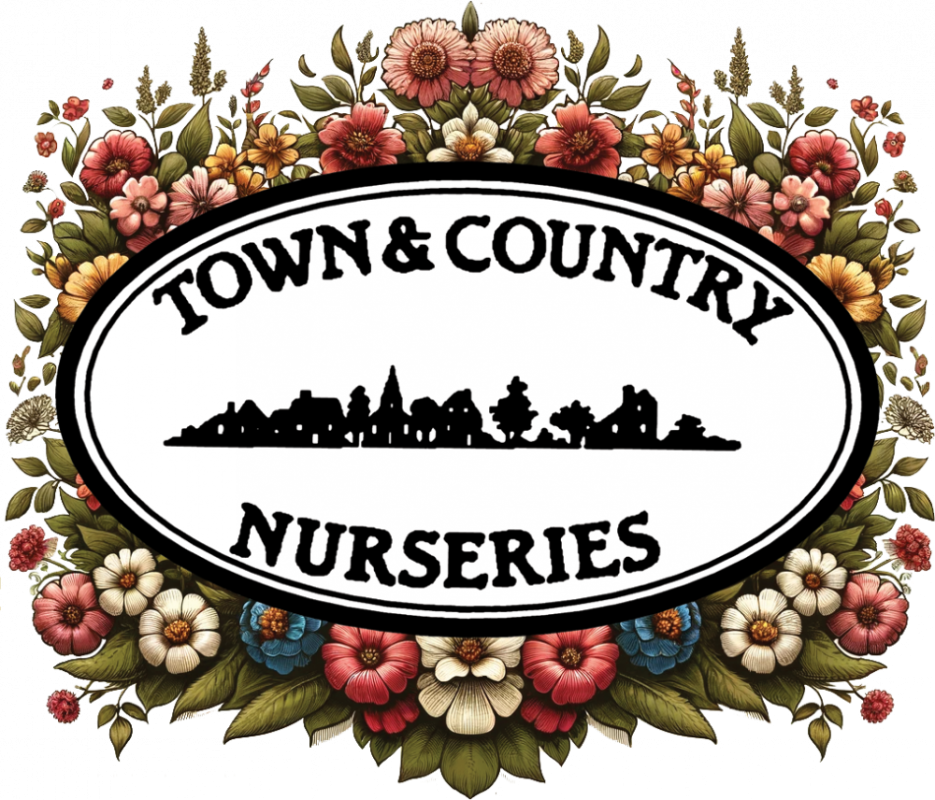Cool Season Vegetable Gardening
Most vegetables in the garden either, need warm or cool weather to grow. This is why crops sort themselves into two distinct categories: cool season (for spring and fall) and warm season (for summer). Planting in the proper season is the first step to a successful & bountiful garden.
FOR SPRING & FALL:
Cool season crops are heartier varieties that tolerate and even thrive in the cold of early spring. Plant the hardy and semi-hardy vegetables in early spring for spring harvests. For many gardeners this is mid-March but what is really important is the soil temperature– it must be in the 40’s for cool season crops to germinate. Then plant again in late summer for fall harvests.
Hardy vegetables tolerate hard frosts (usually 25 to 28 degrees F). They are perfect for New England spring and fall gardens. The hardiest such as kale, spinach and collards can tolerate temperatures in the low 20s and high teens. They also taste best when they mature in cool weather.
-
Broccoli
-
Brussel Sprouts
-
Cabbage
-
Collards (best grown in cool weather)
-
English Peas
-
Kale
-
Kohlrabi
-
Leeks
-
Mustard greens
-
Parsley
-
Radish
-
Spinach
-
Turnip
Semi–hardy Vegetables tolerate light frosts (usually 29 to 32 degrees F) late into fall and through winter in mild climates. They are good for spring and fall gardens
-
Beets
-
Carrot
-
Cauliflower
-
Celery
-
Chinese Cabbage
-
Endive
-
Irish Potatoes
-
Lettuce and gourmet salad greens
-
Radicchio
-
Rutabaga
-
Swiss Chard (taste best grown in cool weather)
5 Hot Tips For Success
- To get the most vegetables throughout the year, plant cool season veggies now, follow then with warm season veggies in the summer, & then replant more cool season ones in the Fall.
- Choose a well-drained spot that gets as much sun as possible. This kind of space is likely to provide warmer soil temperatures.
- If your soil is not frozen, you can start preparing the ground. Use a shovel to turn the soil. Add some organic matter such as compost or Organic Potting Soil along with some Garden-tone. If your soil is still frozen, containers are a good alternative.
- Water deeply, but less frequently. Plants in general need less watering in cooler temperatures.
- Plant seeds or plants according to the directions found on the seed packets or plant tags.

